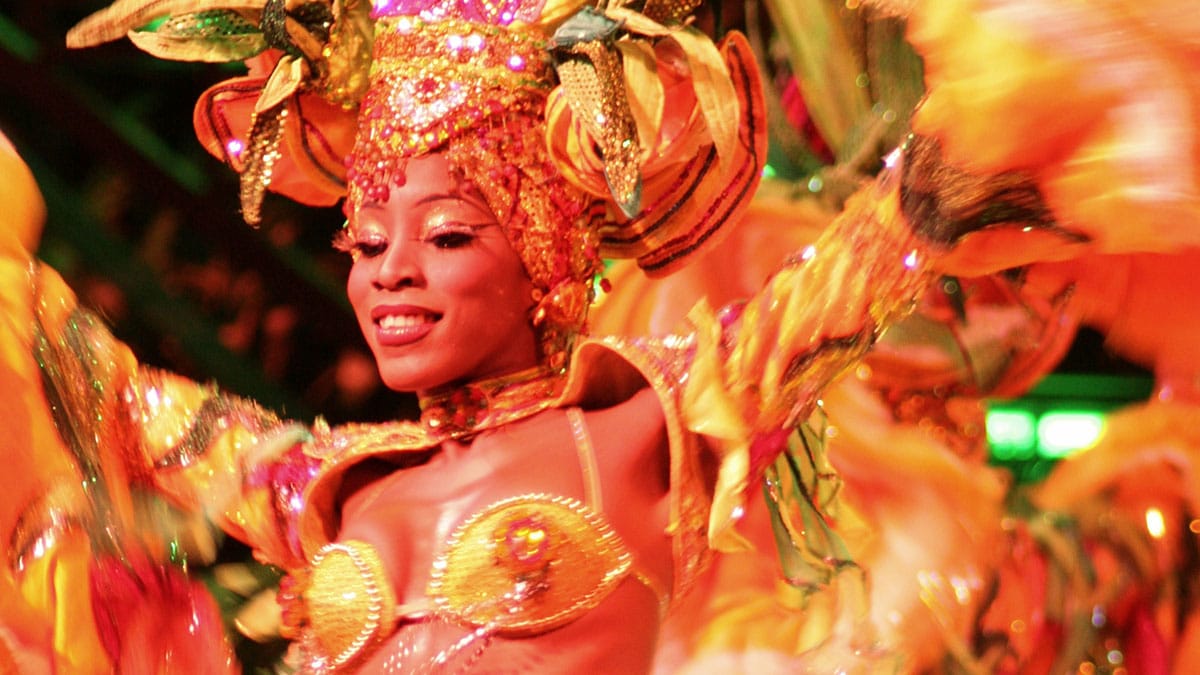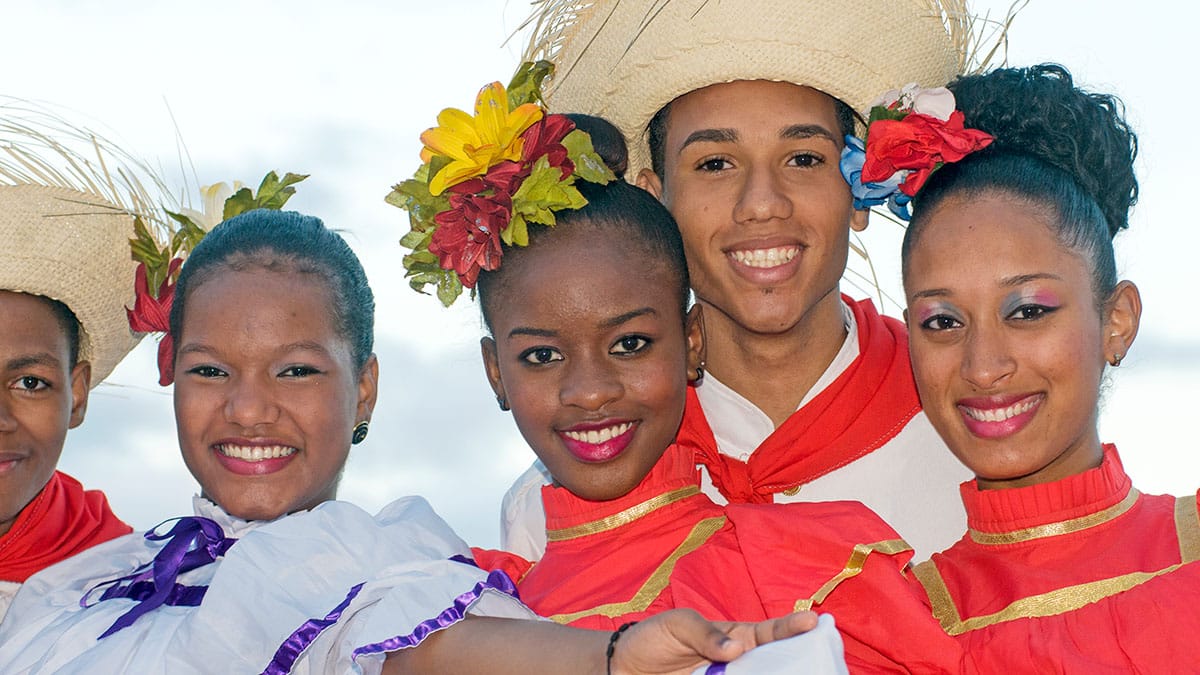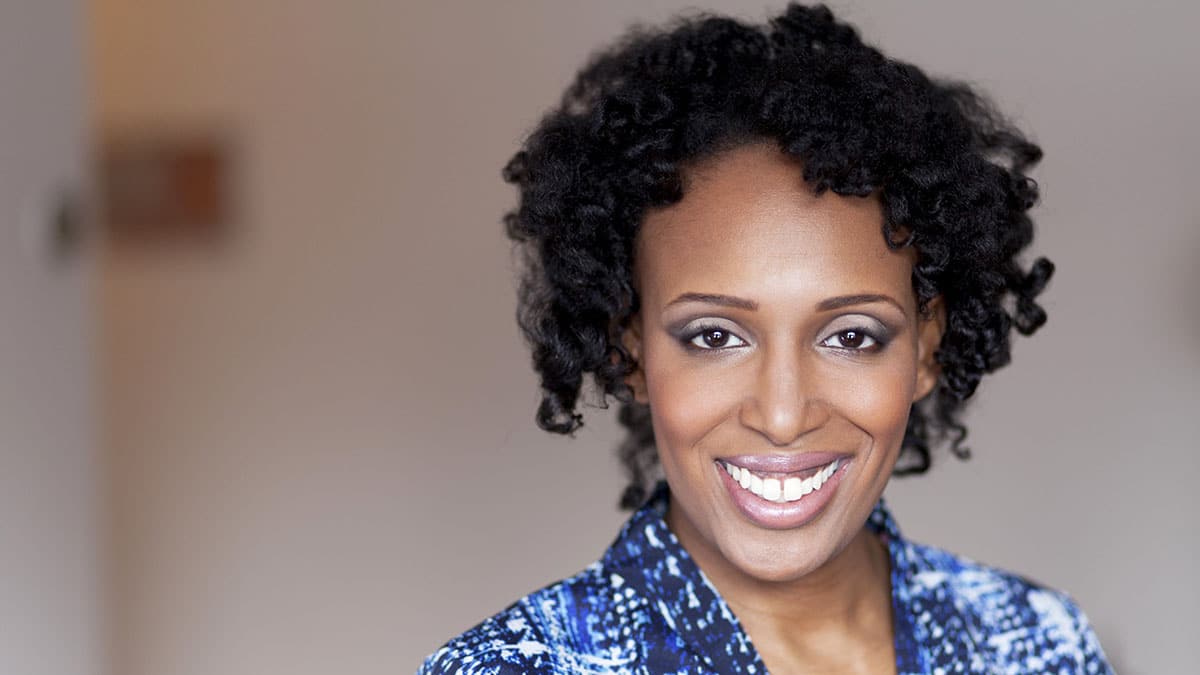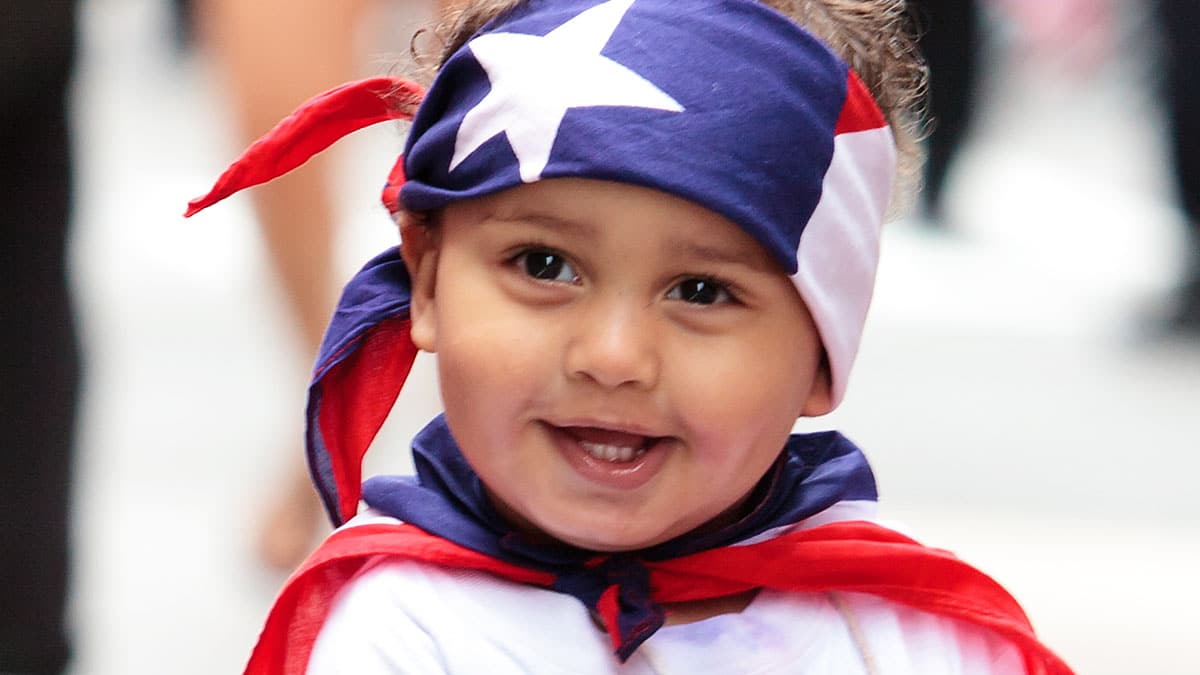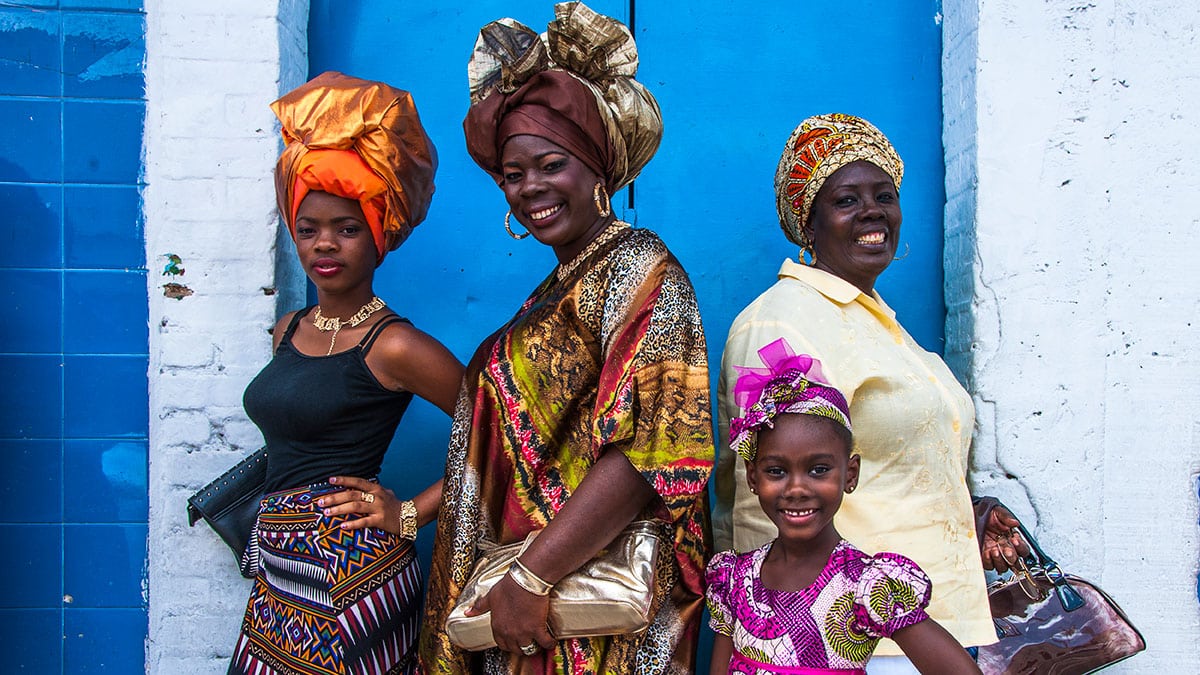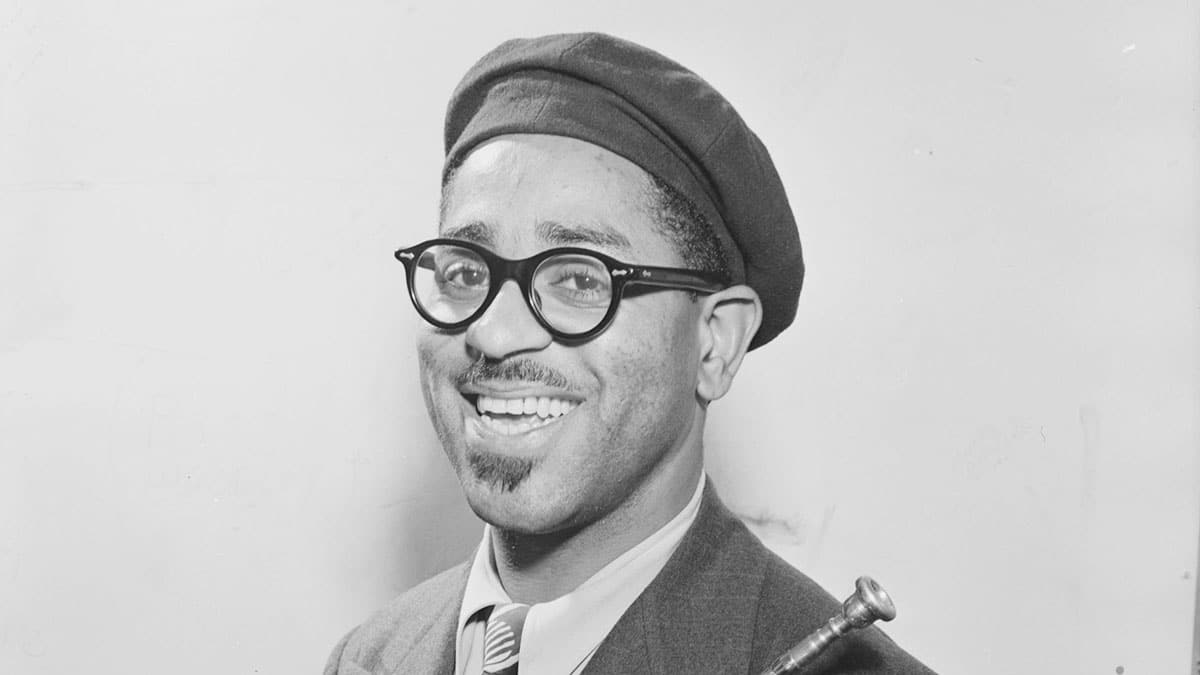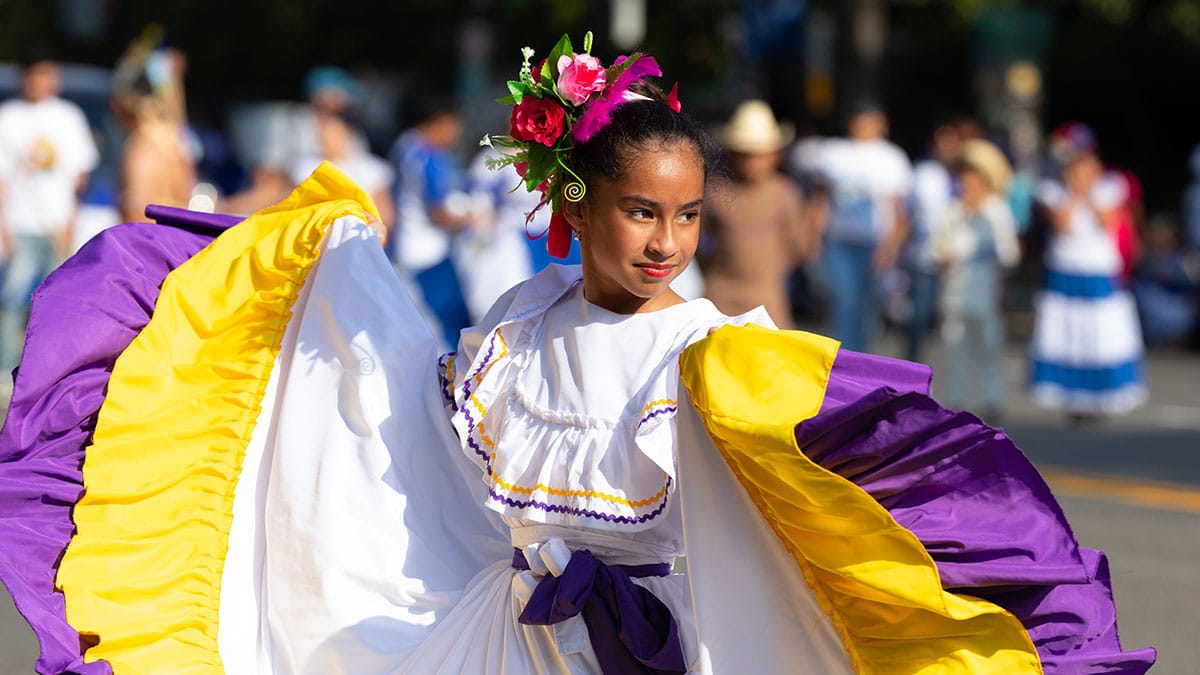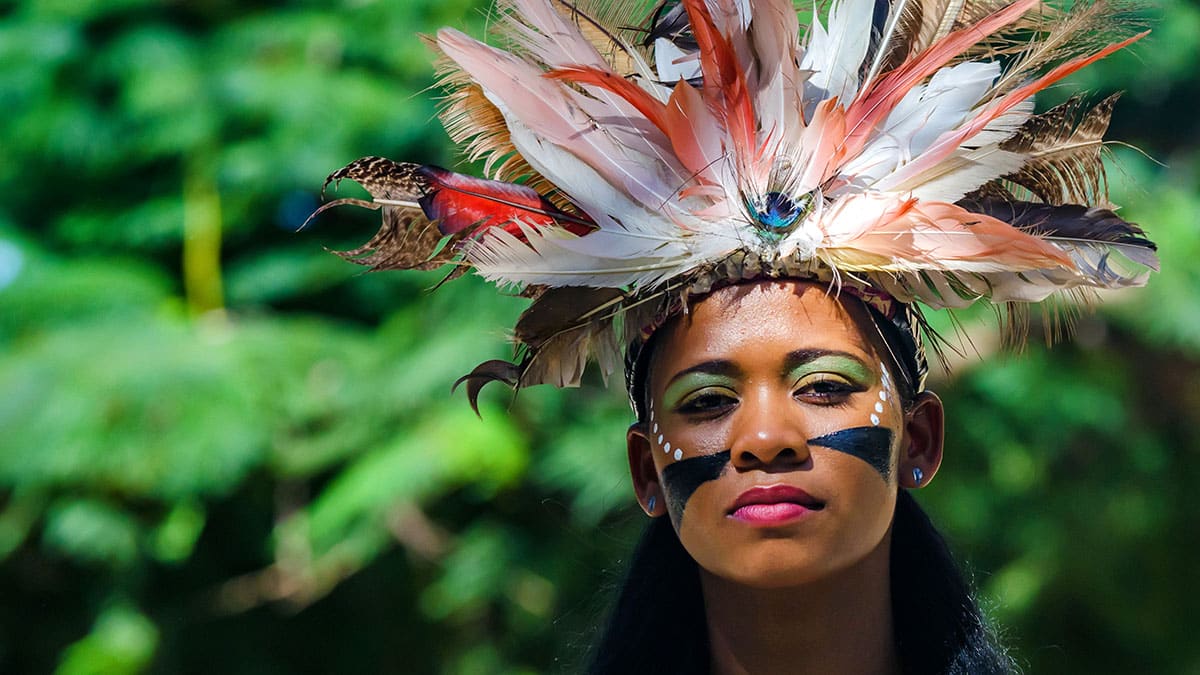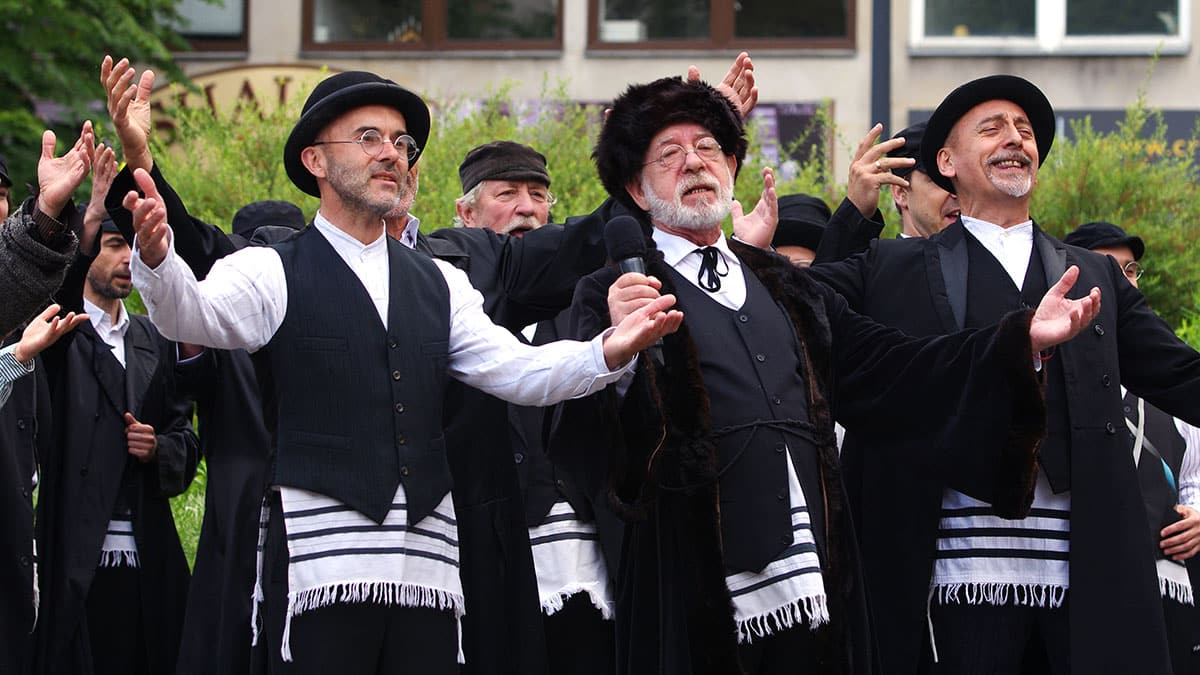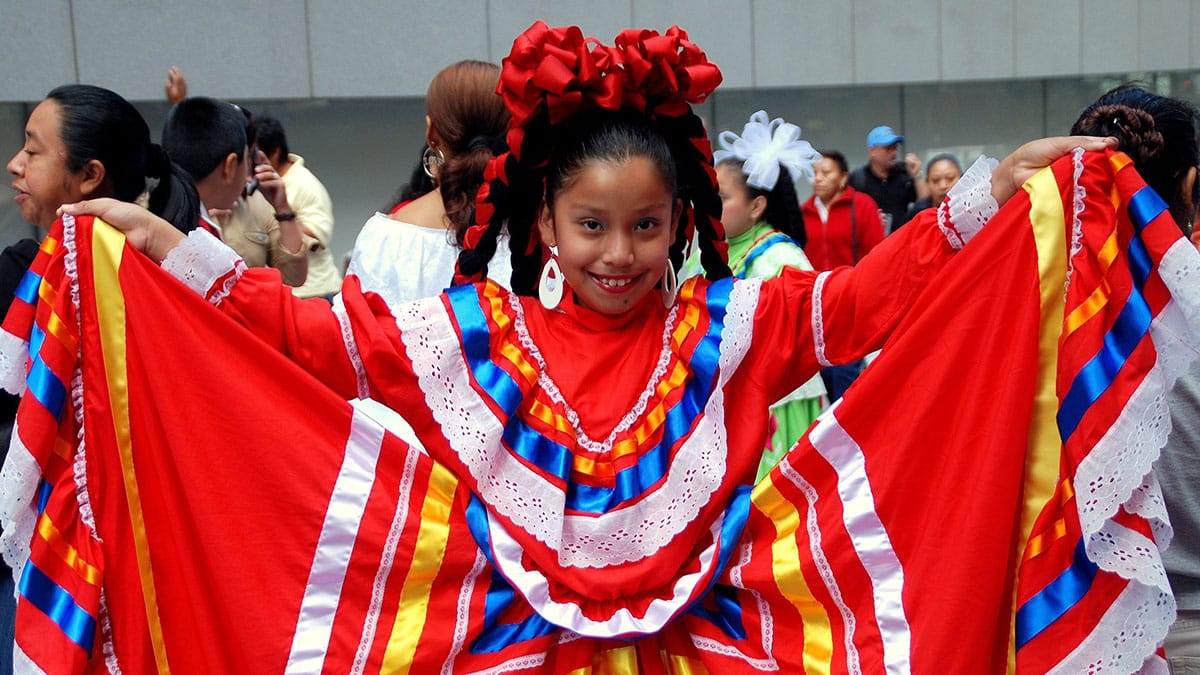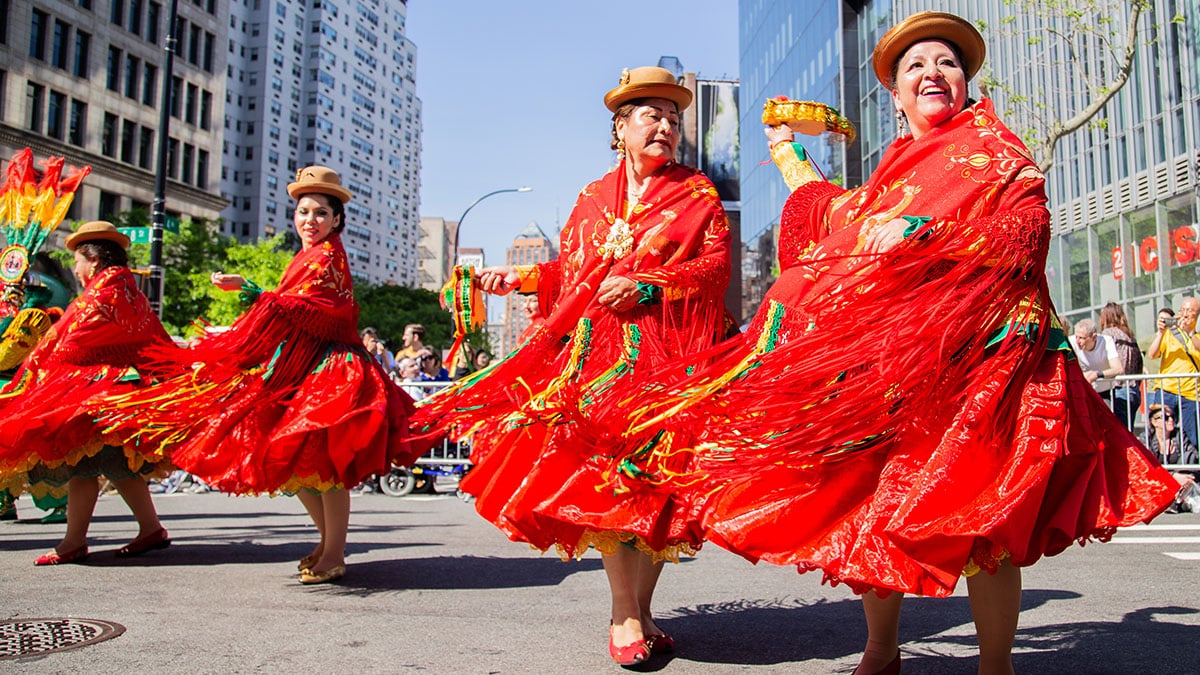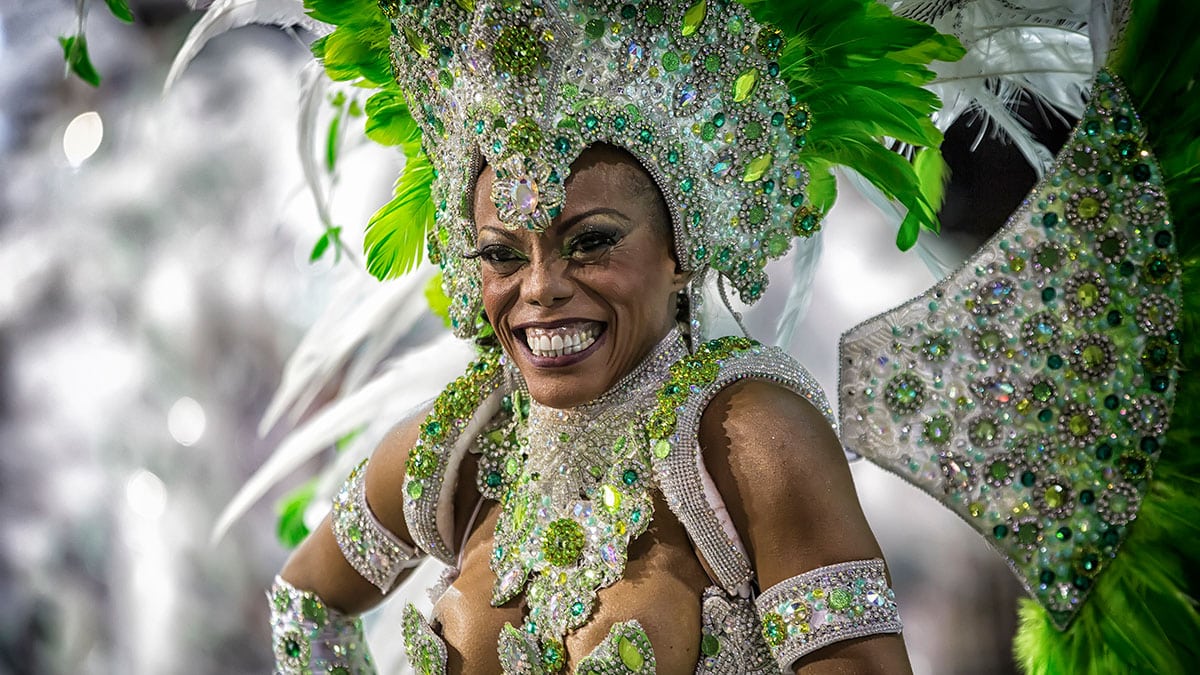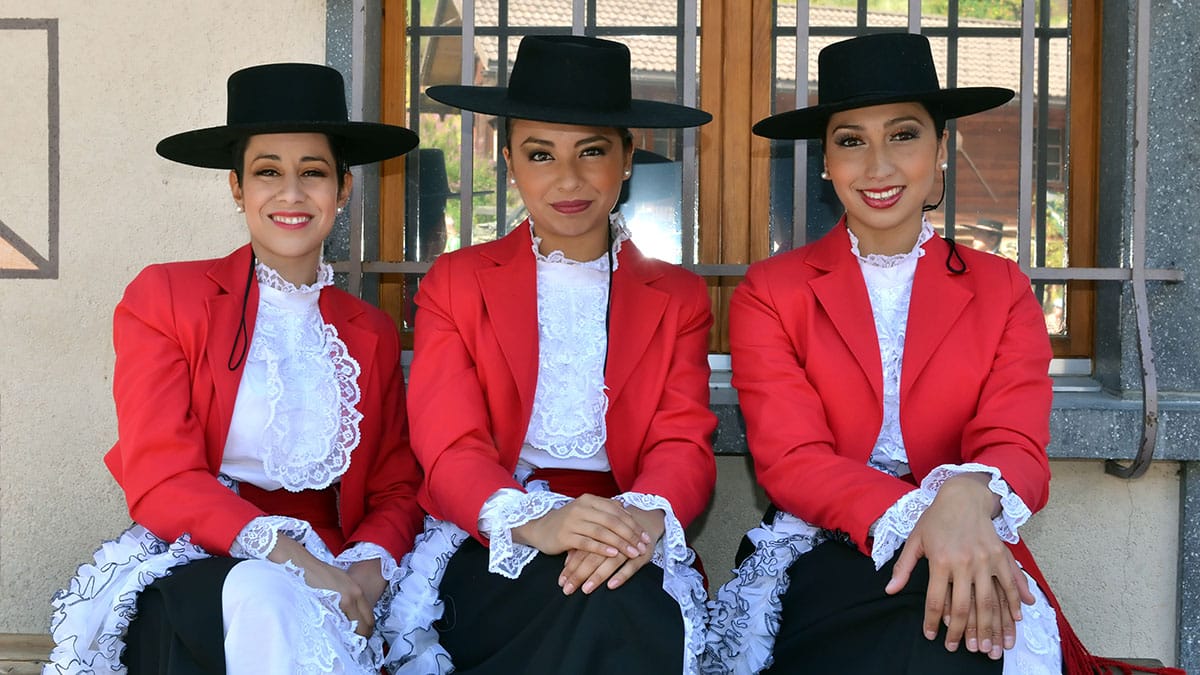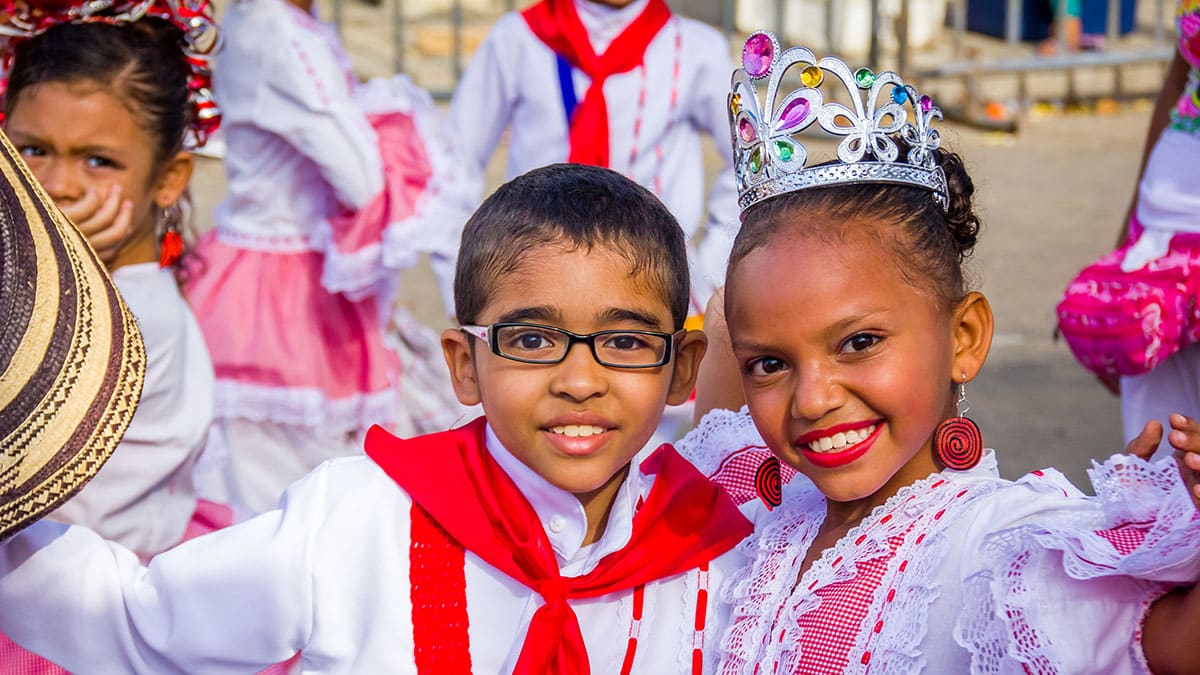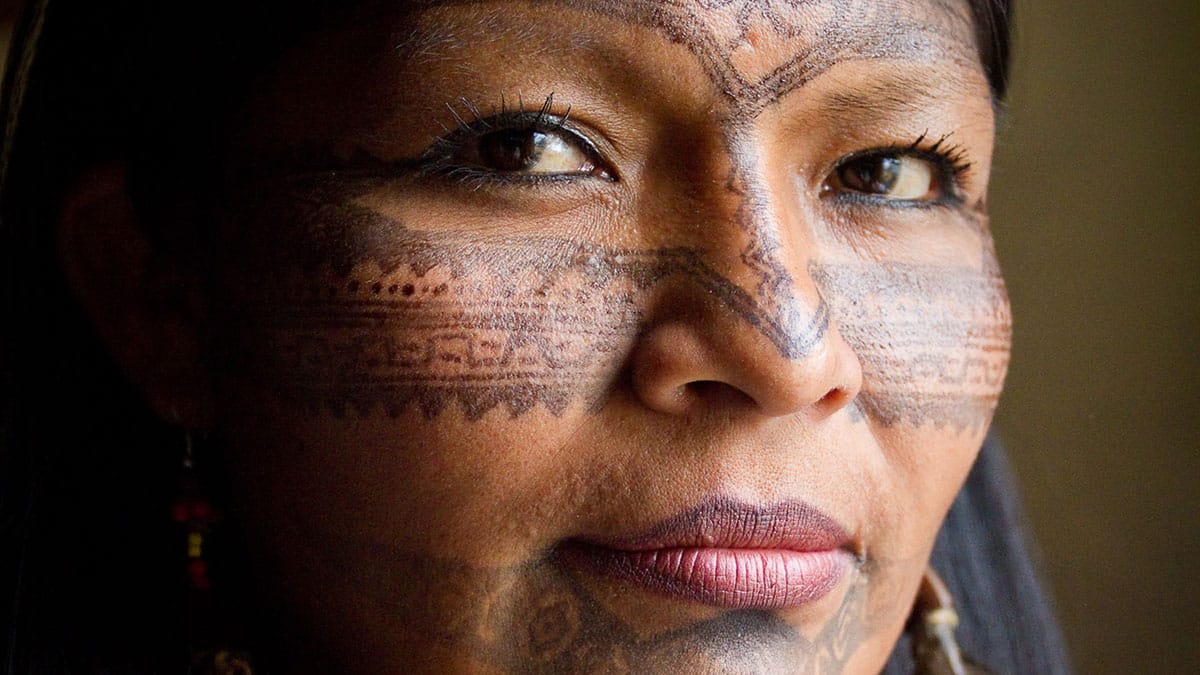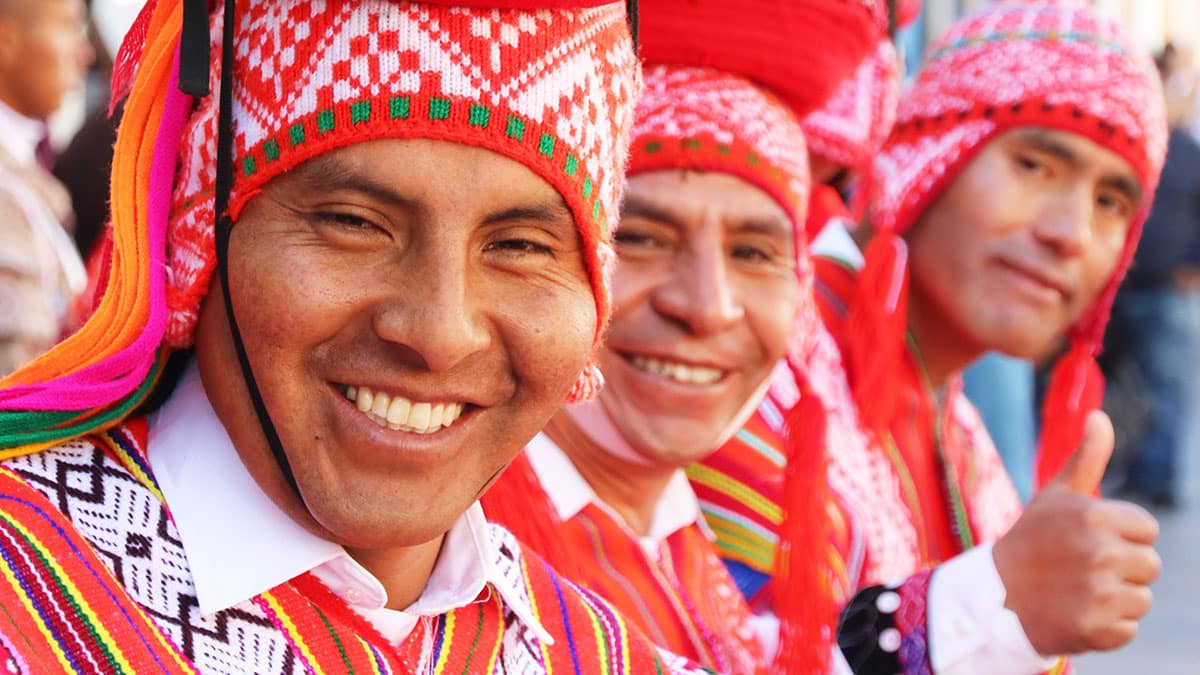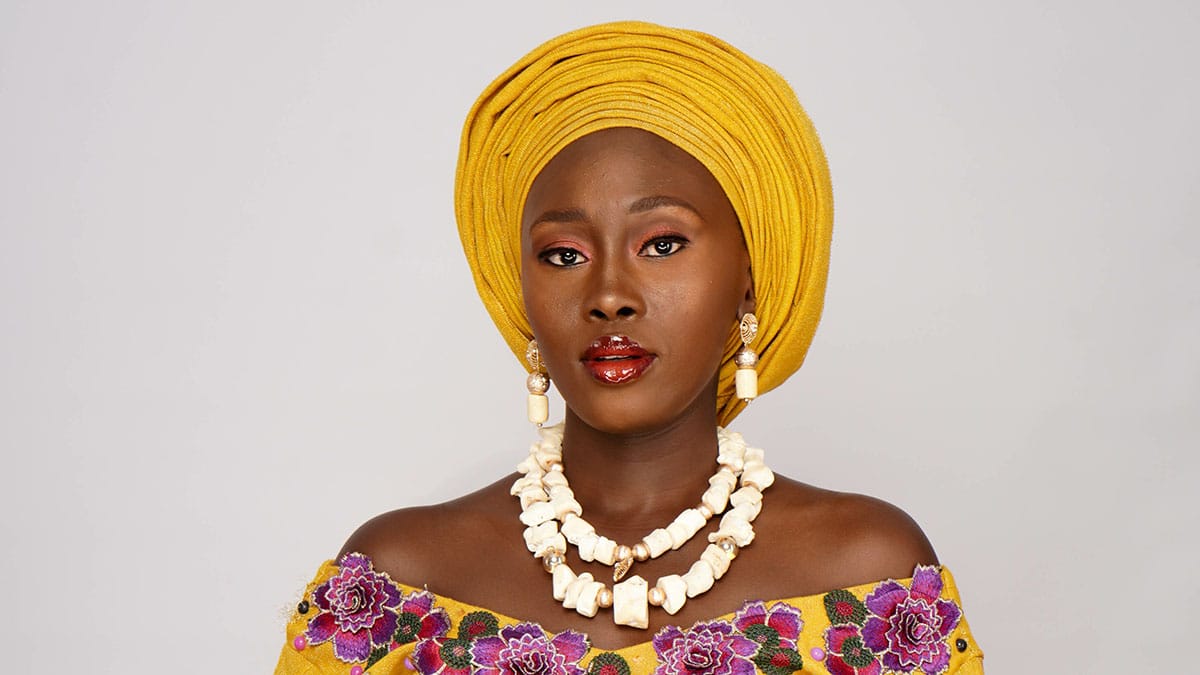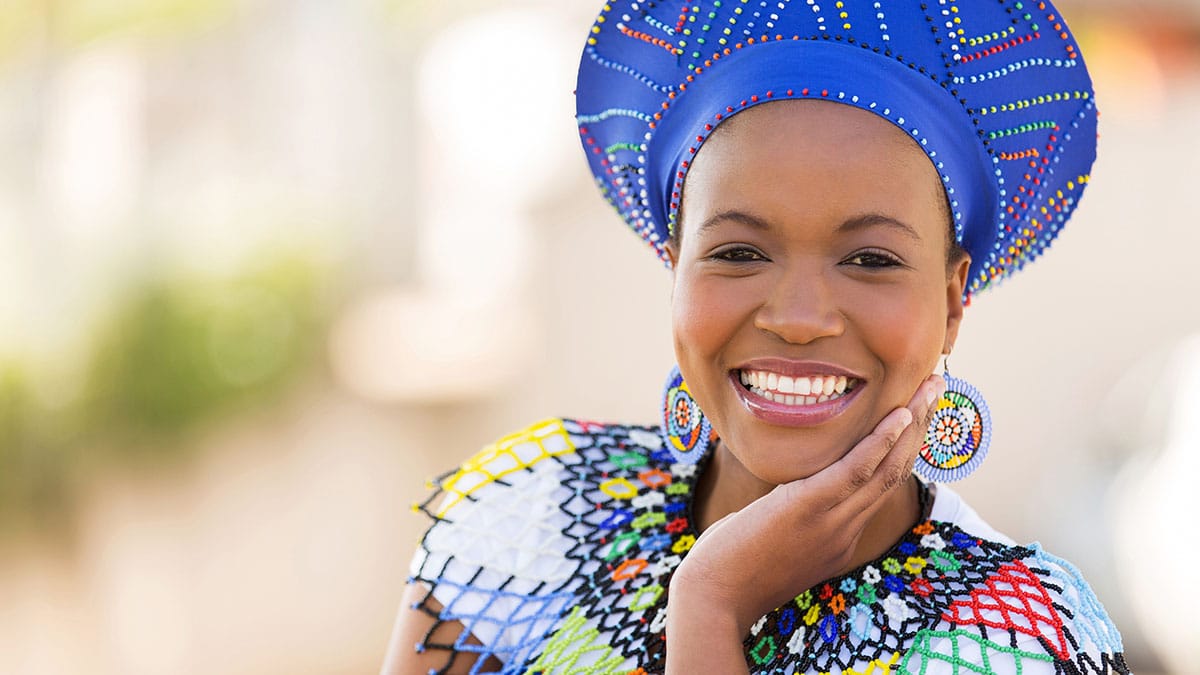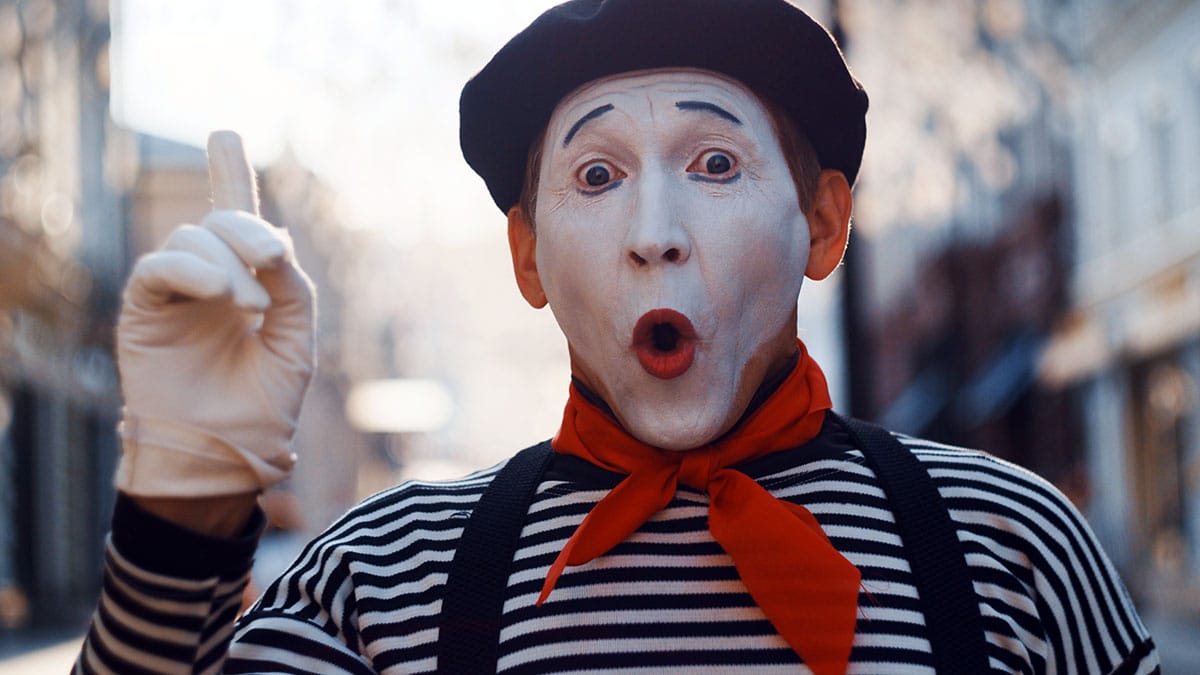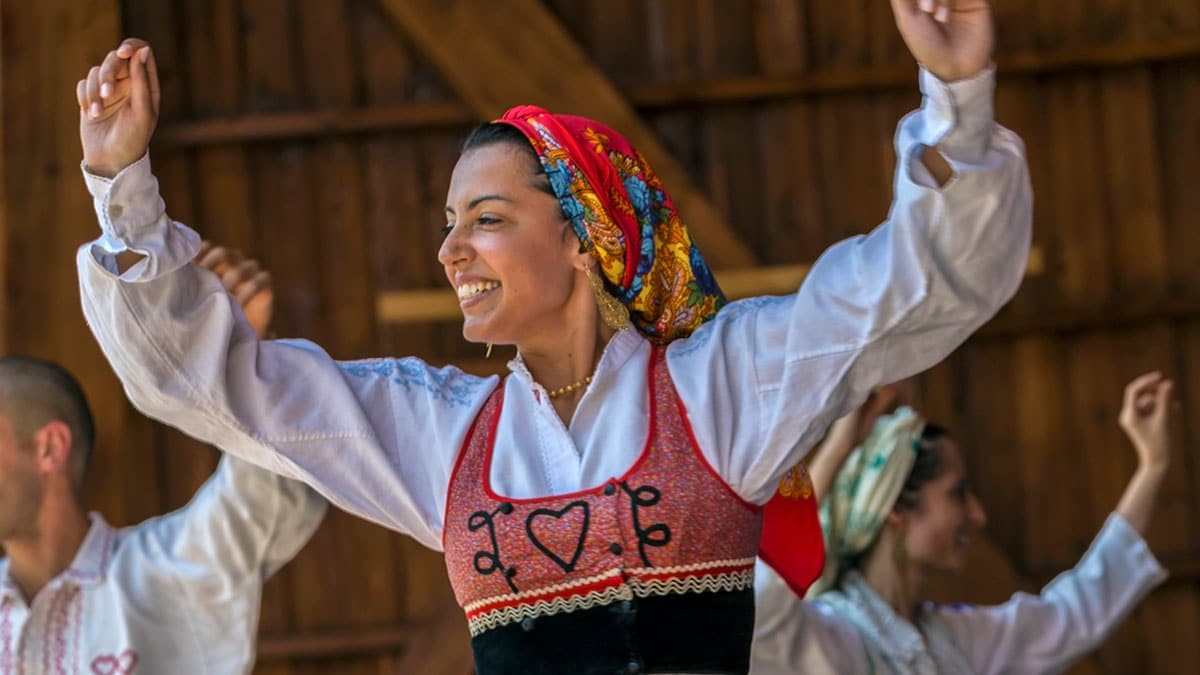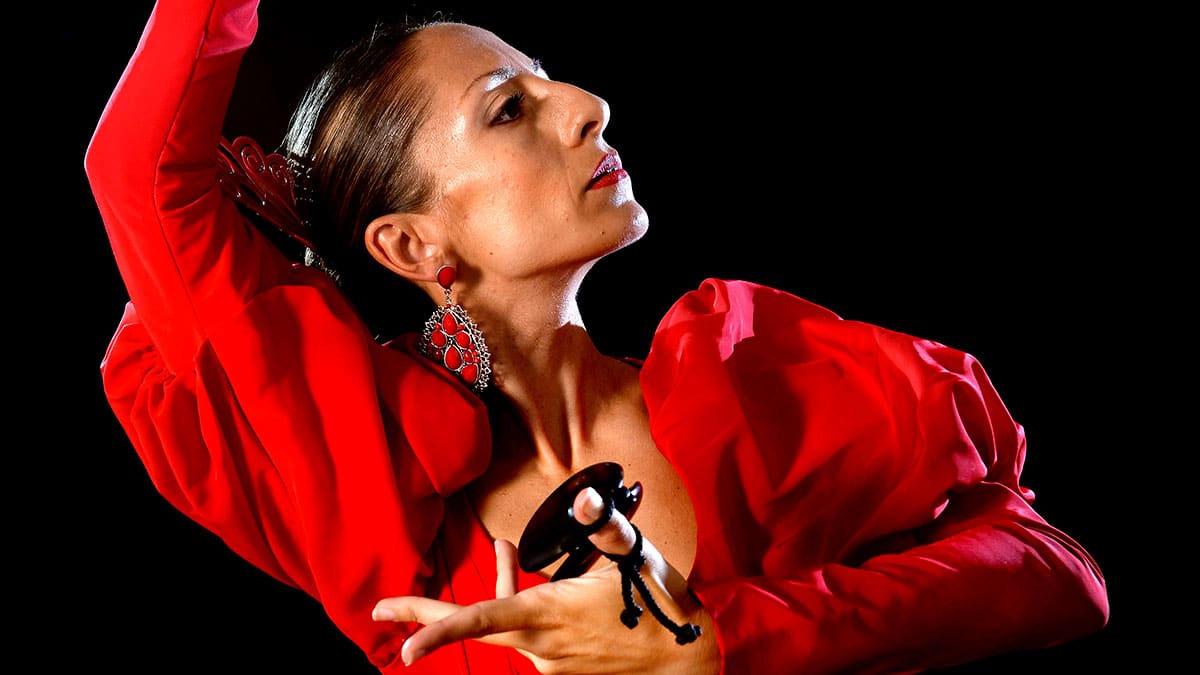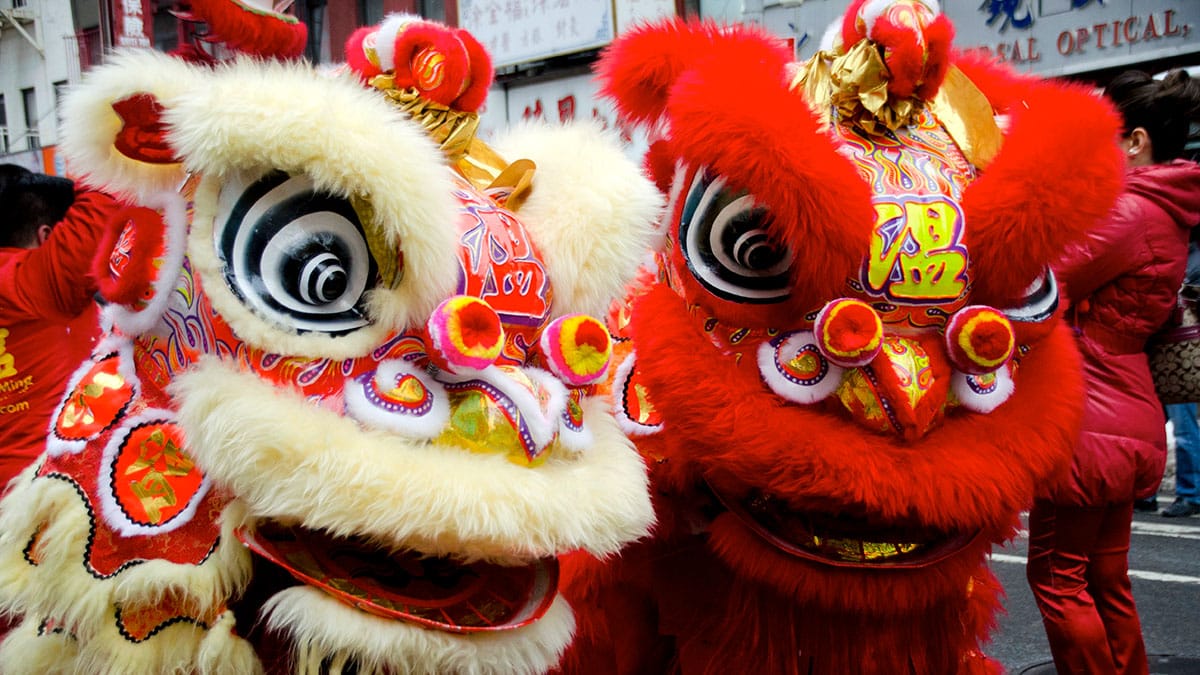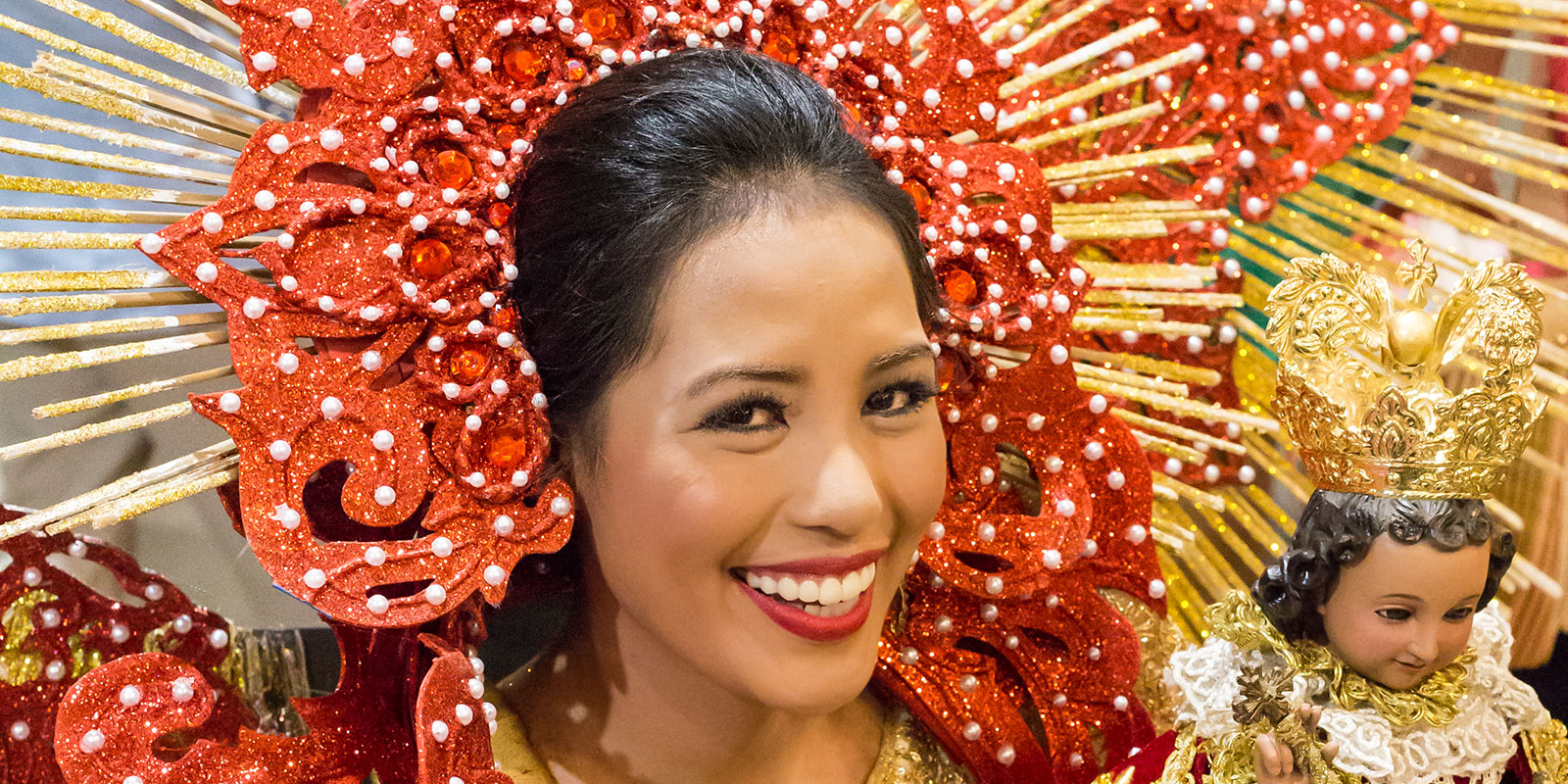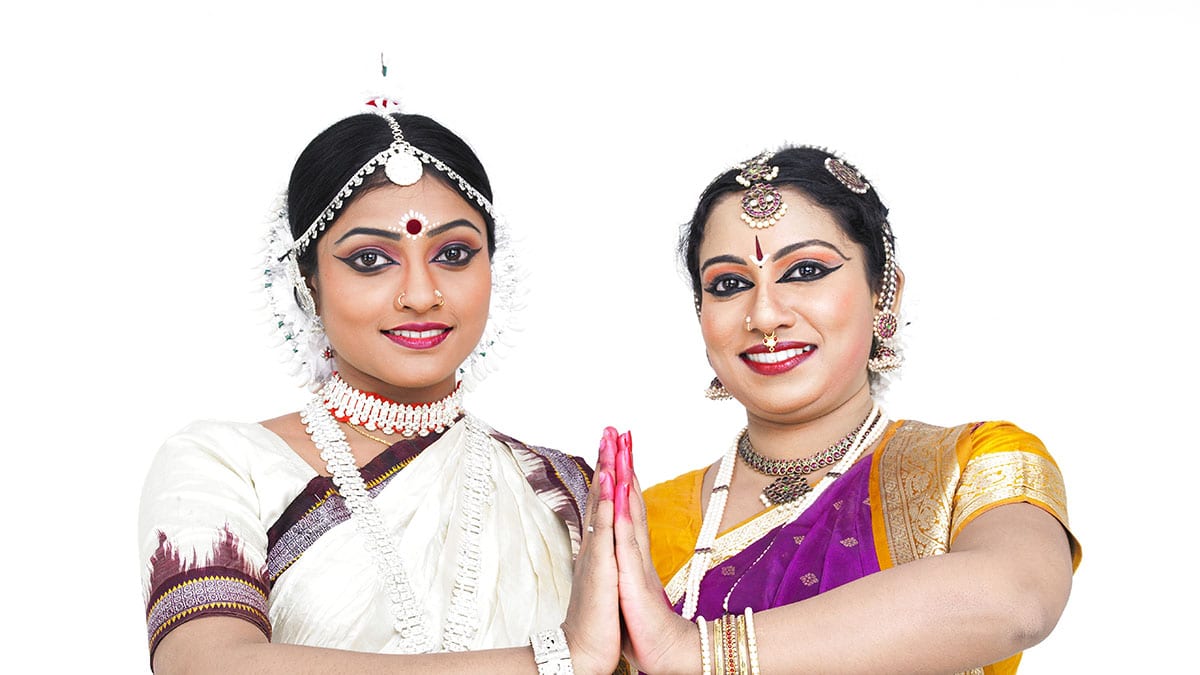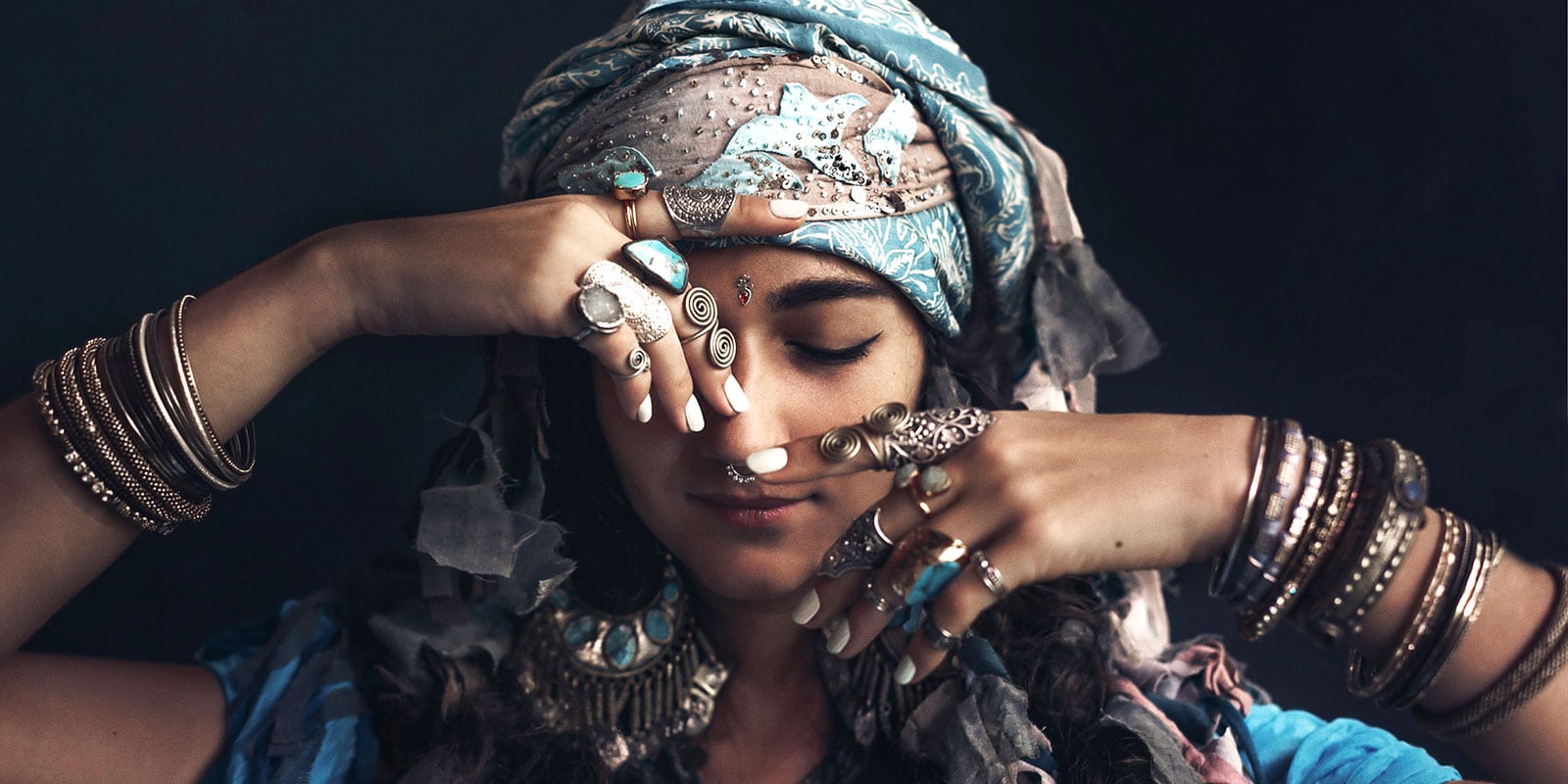Culture is the fabric of meaning we weave to make sense of the natural cycle of life and death. More than anything else, culture makes us human. Borders and national labels are colonial nonsense, but are what we have. Like New York City, Latin culture in the Americas is a mix of Indigenous, European, African, Arab, Jewish, South Asian, East Asian, and Irish traditions. We are all mixed!
Caribbean | North American | South American | African | European | Asian
No matter your heritage, faith, nationality, language, or gender, we are all human. And when you’re here, you’re a New Yorker!
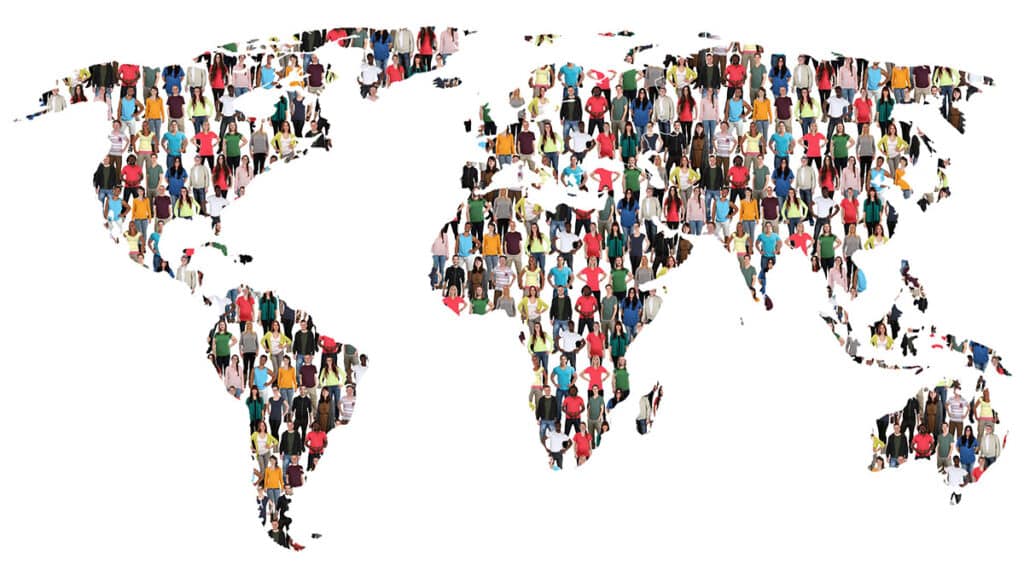
Caribbean Culture in New York City
Bahamanian | Cuban | Dominican | Haitian | Jamaican | Puerto Rican
Antiguan | Barbadian | Dominica | Grenadian | Kittitian Nevisian | Saint Lucian | Trinidadian | Vincentian
There is also Caribbean culture in: Mexico, Belize, Guatemala, Honduras, Nicaragua, Costa Rica, Panama, Colombia, and Venezuela.
North American Culture in New York City
African American | Belizian | Costa Rican | El Salvadoran | French Canadian | Guatemalan | Honduran | Indigenous | Jewish | Mexican | Nicaraguan | Panamanian
South American Culture in New York City
Argentine | Bolivian | Brazilian | Chilean | Colombian | Ecuadorian | French Guianese | Guyanese | Paraguayan | Peruvian | Surinamese | Uruguayan | Venezuelan
African Culture in New York City
WEST AFRICA ~ Benin | Burkina Faso | Cabo Verde | Côte d’Ivoire | Gambia | Ghana | Guinea | Guinea-Bissau | Liberia | Mali | Mauritania | Niger | Nigerian | Senegal | Sierra Leone | Togo
CENTRAL AFRICA ~ Angola | Cameroon | Central African Republic | Chad | Congo | DR Congo | Equatorial Guinea | Gabon | Sao Tome & Principe
SOUTHERN AFRICA ~ Botswana | Eswatini (Swaziland) | Lesotho | Namibia I South Africa
Much of what we cover as “Latin Culture” and even “American Culture” is African Diasporic culture.
European Culture in New York City
French | Italian | Irish | Portuguese | Romanian | Spanish
Asian Culture in New York City
Chinese | Filipino | Indian | Japanese | Romani
Culture is as Diverse as We Are
Colonial thinkers teach us to see our differences, but what is truly wonderful is how similar we are. “Bim Bom, Bim Bim, Bom, Bom.”
Our minds and bodies are so flexible that we have adapted to every environment on Earth, but people do similar things around the world and across time ~ because we are all human. Civilizations are complex human societies characterized by centralized agriculture and urbanization, social stratification, and trade networks. It’s easy to assume that civilization began in Mesopotamia and then spread around the world. It actually developed spontaneously in different regions at different times.
- Africa is mother, the mother of all of us. Our species, Homo Sapiens, developed fully before some of our ancestors left Mother Africa 60,000-90,000 years ago.
- Civilization began in Mesopotamia (Iraq) and developed in Africa (Egypt) between 4,000 and 3,000 BCE. 🇮🇶 🇪🇬
- Civilization rose in the Indus Valley (Pakistan/India) around 2,500 BCE. 🇵🇰 🇮🇳
- Civilization rose in China around 1,500 BCE. 🇨🇳
- Civilization rose in Central America (Mexico & Guatemala) around 1,200 BCE, in South America around 300 CE (Peru & Bolivia), and in North America around 1,000 CE (USA). 🇲🇽 🇬🇹 🇵🇪 🇧🇴
Our biggest learning in over a decade of this project is how African and Indigenous we are, both as Latins and as Americans of the United States. In parts of the Americas today, especially the United States and the Caribbean, African traditions dominate. But south of the border, Indigenous or Mestizo (mixed Indigenous and European) culture tends to dominate. Many places, including countries you wouldn’t expect, maintain folkloric traditions derived from African Diaspora culture.
European colonizers saw everything not European as primitive, but that itself is primitive thinking. The past was different than the present, but it wasn’t primitive. It was cleverly adapted to regional geographies. The more we learn about the past, the more we learn how smart people have always been. The distribution of genius is equal among all races, places, and across time.
We use images of folk dancers and musicians as key images for national cultures. Most countries are a mix of cultures, so our single image is not truly representational. We used to avoid portraying folk traditions that many Americans would consider primitive. Please don’t think that. Folk traditions are filled with symbolic meaning that you might not see unless you’ve been taught to read them.
Today’s so-called “advanced societies” are destroying the only home we have. Humans lived in a symbiotic relationship with Mother Earth for the last 60-90,000 years, but we have almost destroyed the planet in less than 500 years since the start of the Colonial Era. That’s not very smart or advanced. Industrial society is self-destructive. It requires constant “growth,” but that growth is killing the planet. Instead of enjoying our earthly paradise, we are creating our own doom. Maybe the ancients were smarter than us.
Culture is The Hero with a Thousand Faces
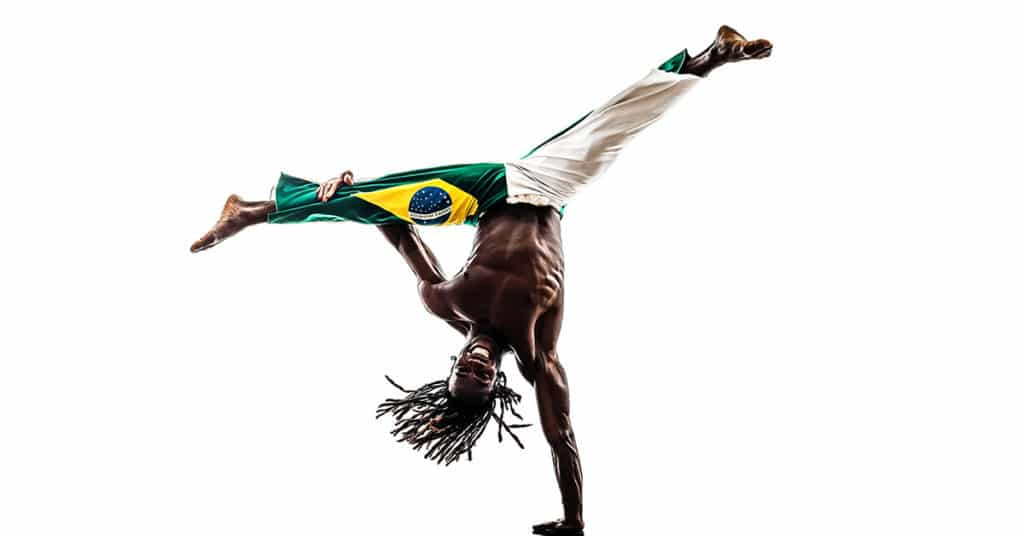
“The Hero with a Thousand Faces” is a book on comparative mythology written by Joseph Campbell in 1949. Campbell’s thesis is that the human hero story is the same around the world and across time.
It goes something like this. A young person is cast out from her or his people. They wander a literal or figurative desert for a long time, often 40 days or 40 years. One day they meet a wise older figure who gives them a tool or special knowledge. Meanwhile the people are suffering a calamity. The hero returns to their people and saves them. They “slay the dragon” so to speak.
If that sounds like a Biblical story, it is. If that sounds like a pre-European contact Australian Aboriginal story, it is. If that sounds like “Star Wars,” it is. George Lucas spent a lot of time with Joseph Campbell.
The hero really does have a thousand faces, or perhaps around eight billion.
The artist is meant to put the objects of this world together in such a way that through them you will experience that light, that radiance which is the light of our consciousness and which all things both hide and, when properly looked upon, reveal.”
Joseph Campbell, “Pathways to Bliss,” 2004
Our Common Humanity
On our pages about “others,” we hope you will see some of yourself and through that recognize our common humanity. That’s the Latin experience because we are the children of all peoples, the great mix. Humans make culture, and culture makes us human. Separation is an illusion. There are no “others.” There is no “them.” There is only us.
“That’s the way I want my song. Just two words they call Bim Bom. Sorry but my heart has made it so. Only Bim Bom, Bim, Bom, Bim.” (João Gilberto, “Bim Bom,” 1959)
A todos com coração humano, paz e amor. (To everyone with a human art, peace and love.) ☮️☮️☮️ ❤️❤️❤️
“Diferente ramas, la misma raíz.”
Proverb
(Different branches, the same root.)
When Viannca Velez of the Caribbean Cultural Center African Diaspora Institute shared this proverb with us, she was referring to the many branches of the African Diaspora. But the proverb is equally true for all humankind.
Separateness is an illusion. We are all part of one great Tree of Life. When you start to see the tree instead of just your own branch, your humanity grows and so do you.
We are Arab and Muslim Too!
One of the big lessons of our journey in the Latin world, is that we are Arab and Muslim too.
The Phoenicians, of what is now Lebanon, were among the great sailors of the ancient world. Herodotus, the Greek historian wrote that the Phoenicians sailed around all of Africa. There is no firm evidence so far, but Phoenician coins from the 3rd century BC, were found somewhere in the African islands such as Madeira, the Canaries and the Azores.
Islam is one of the great religions of Mother Africa. Coastal, monsoon, and Sahara traders planted their religion in Africa.
Many religions came to the Americas with the colonizers. One of the early leaders of the Haitian Revolution, Dutty Boukman was called “Boukman” because he was a man of the book, a man of the Koran.
We have met people in the Caribbean who speak Arabic because they were taught to pray at home. That means Islam survived at home in the Americas for 500 years more or less.
The pandereta, the hand drum used in Puerto Rican plena, was originally an Arab drum.
There have been more recent Lebanese migrations to the Americas, notably Colombia and Brazil. Shakira, the Colombian pop star, has Lebanese roots. That’s why her hips don’t lie. In the Americas, the mix of Indigenous, European, African and Arab shows in very handsome, heavily-bearded men.
We are Arab and Muslim too!
“When You’re Here, You’re a New Yorker”

Where you were born does not matter.
NYC Mayor’s Office of Immigrant Affairs
When you’re here, you’re a New Yorker.”
The NYC Mayor’s Office of Immigrant Affairs really gets it.
It can’t be said any better than that, and it is true. Place has a big impact on how people live. We know this from experience because we work with communities in New York and in their heritage countries. They are not the same at all. “When you’re here, you’re a New Yorker.”
Part of the magic of New York City is that it is one of the best places in the world to reinvent yourself. It’s the only place we know where you can build an empire entirely in your mother tongue, without even speaking the local language. We are proud of that.
New York changes you, no matter where you or your family are from. In New York, you have to think faster, work faster, walk faster and talk faster. Living in the city changes you in a New York minute.
When we started this project in 2012, national labels made sense to us. That is how we were taught to see the world from the United States. But after living in the Latin world, nationality doesn’t make as much sense anymore. We are just people and are all mixes of each other.
Nationality, like skin color, is a false flag. Humans have been migrating since we could walk. There is only one species of us living in the world today. Whatever you are, Africa is the mother of us all.
We Are All Faiths, Including None At All
The Latin story is a story of colonization, enslavement and the long march towards independence and freedom.
“Latin” is generally associated with the Roman Catholic church. We love and respect all traditions, but don’t represent any church and don’t intend to promote any particular religion. Any way the spirit manifests for you is a blessing.
However, religion has been a major influence on Latin culture. Churches are still the richest organizations in many Latin countries, and not only the Catholic church. During the Colonial Era, colonizers and priests controlled every aspect of daily life.
Indigenous people and Africans syncretized (blended) our ancestral faiths with colonizer faiths. Syncretization often implies some sneaky preservation, but there is another way to see it. We recognized the similarities in our faiths. Colonizers insist that their way is the only way which blinds them to the divinity in all human faiths.
Humans do pretty much the same things around the world and across time – because we are human. Some of us drink the blood and eat the body of God in a sacred place, some of us sacrifice a ram on a sacred day, and some of us pour chicken blood and feathers on a sacred place, but we are all celebrating the same mystery.
In competition and ignorance, people of faith tend to demonize all other faiths, but there are no demons, only demonizers. Fear is in your own head. This demonization of “others” is a legacy of White supremacy and human trafficking.
All faiths try to make sense of the miracle of being alive, and the endless cycle of life and death. All faiths seek to maximize human potential.
Anything we write about faith is just our opinion. Ancient writings were written as poetry, not technical manuals to be followed word for word. We look for the meaning behind the symbols. Only a priest or priestess can teach you about your chosen faith. Nature, science or nothing at all works for us too.
Help us Get Our Story Right
Forgive us for the inaccuracy in some of our writing. We are a small team and obviously not raised in all of these cultures, but you will find all these cultures in New York City.
Frankly, being raised and educated in the United States made us blind. This project is a journey of learning and sharing. Every year, we realize how ignorant we were the year before. Help us get the story right.
The lynching of George Floyd (and so many others) is forcing us to decolonize our own heads and rethink everything. So much of what we were taught as children, turns out to be colonizer nonsense. Much of that was instigated by the wives of Confederate traitors to the United States. It is taking time to process, because as soon as you digest one thing, you become aware of something else. It’s like peeling an onion, but we keep peeling it.
We want to tell your story, because it has become our story too.

